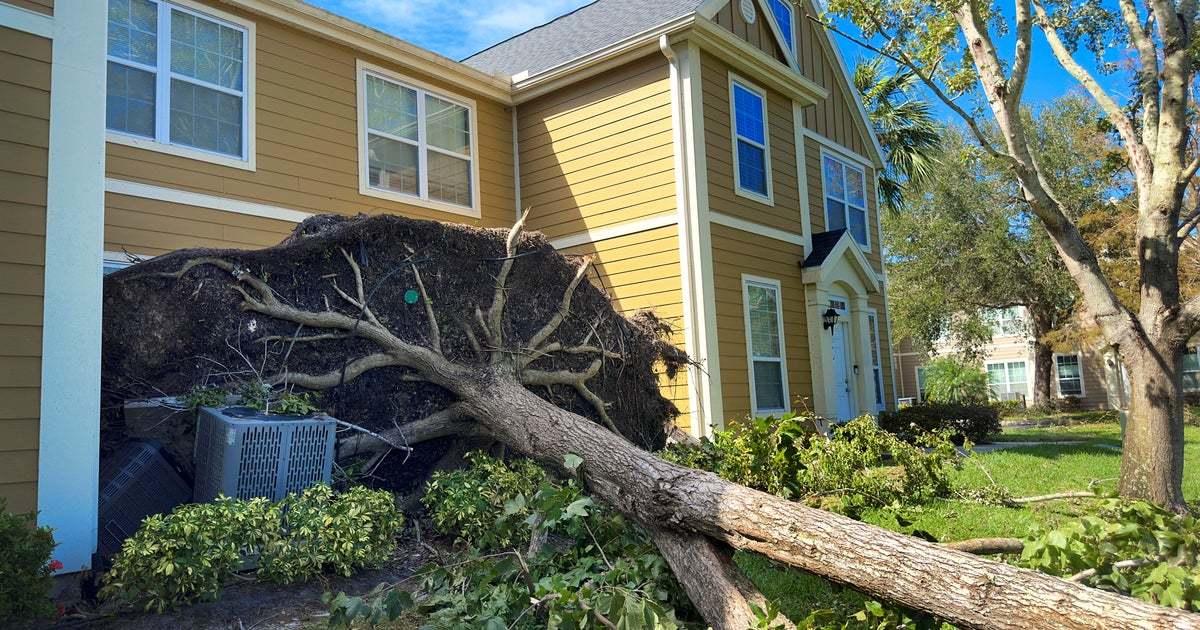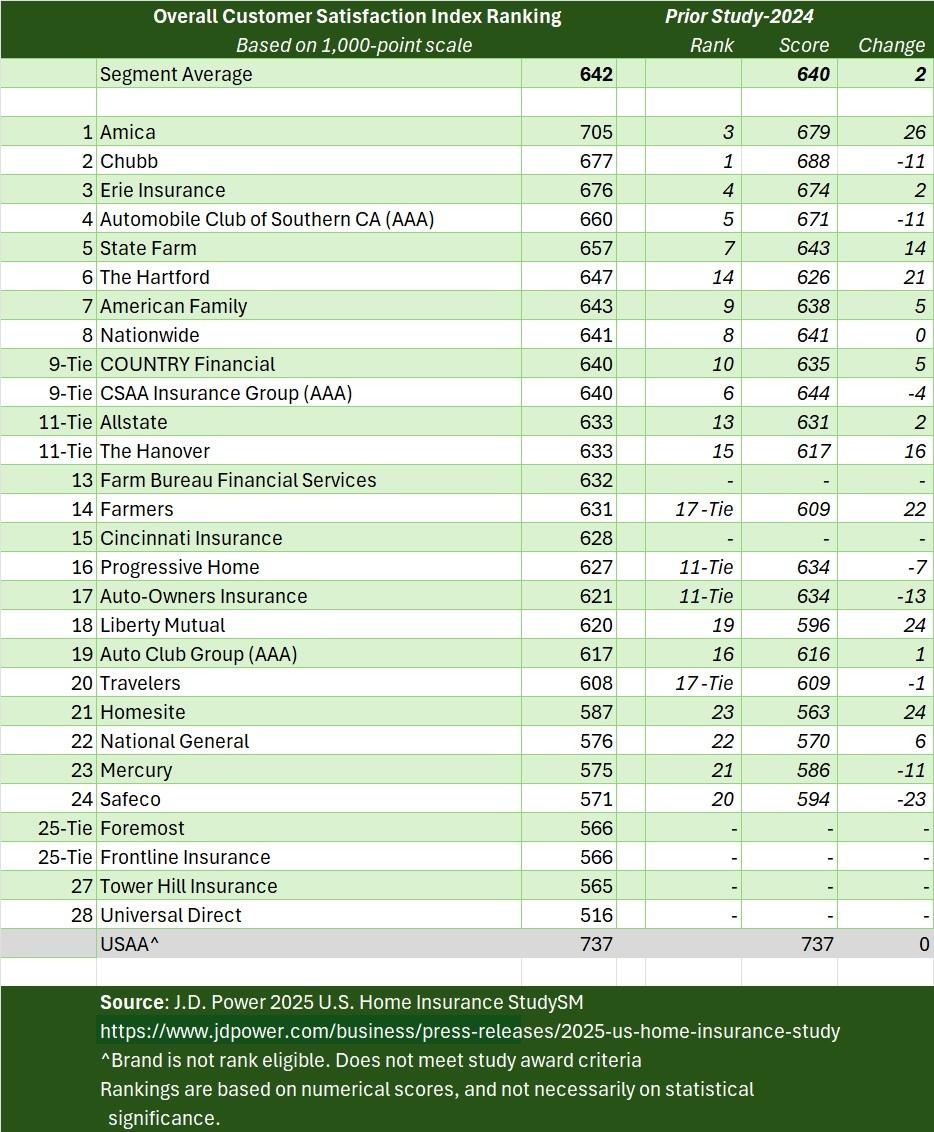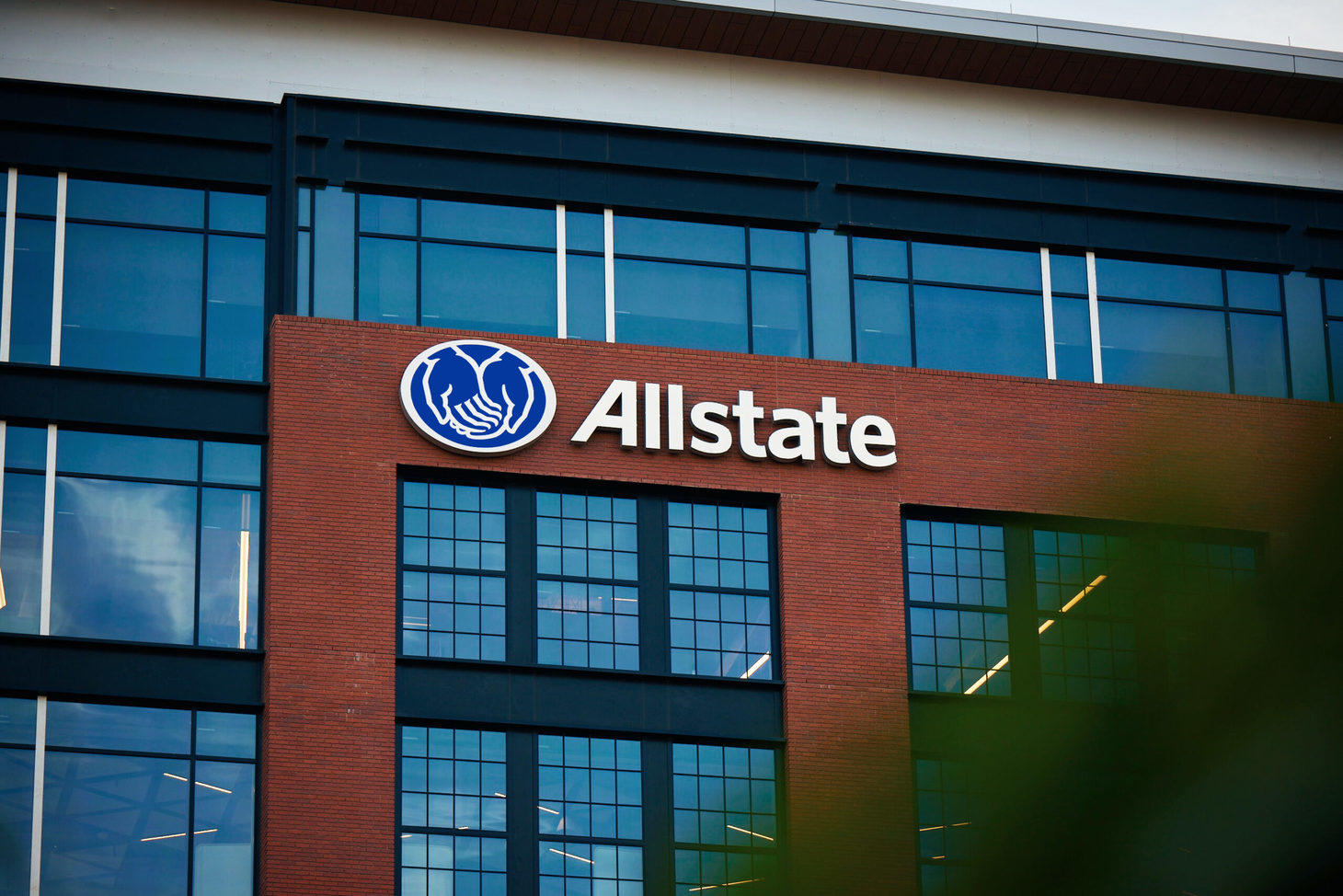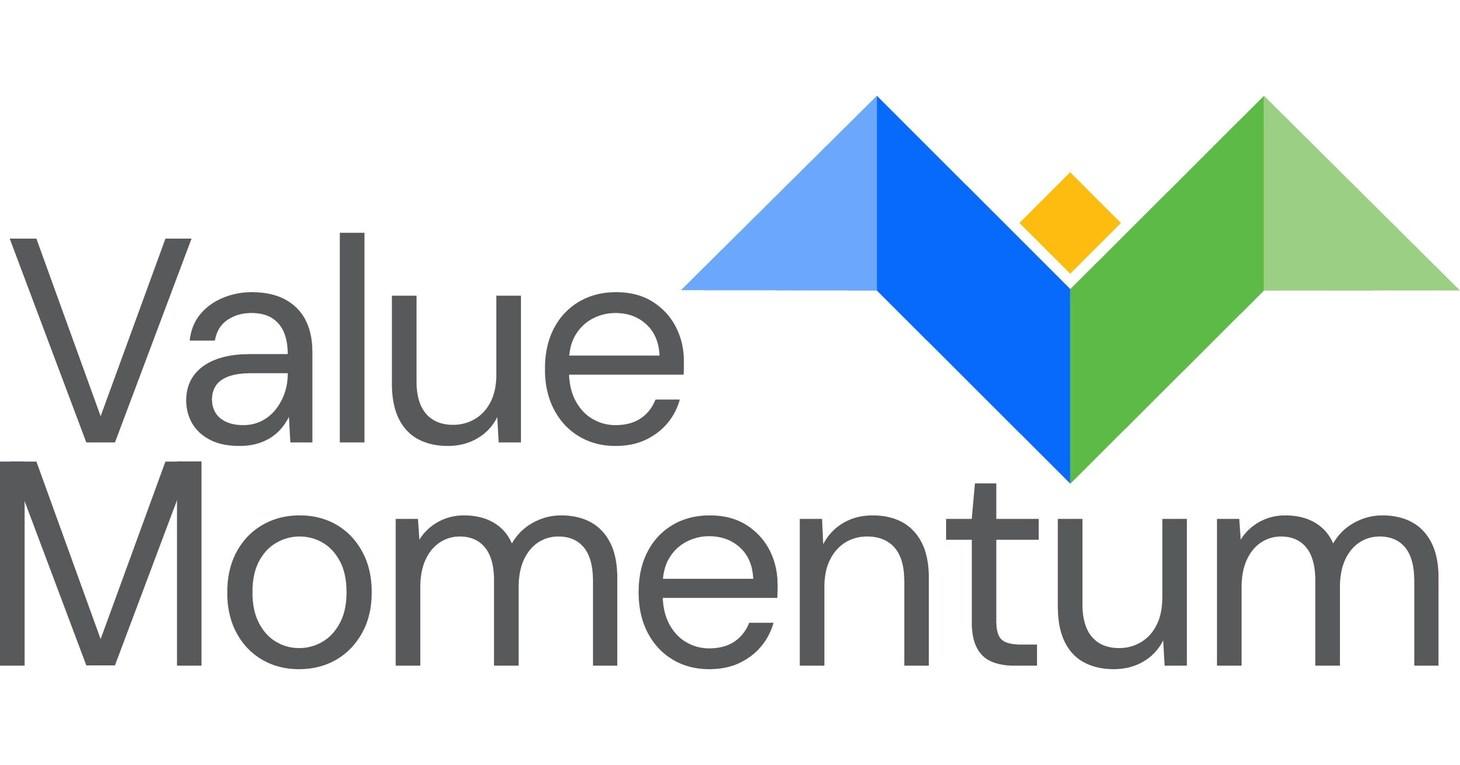Research

Homeowners insurance costs have shot up 70% since 2021. Here's why
Homeowners insurance rates are rising across the U.S., driven by climate change, rising cost of building materials and surging home prices.
Almost half of property insurance policy holders in the U.S. said their premiums rose over the past year, the highest rate of increases in more than a decade, according to a study this week from data analytics company J.D. Power.
Average homeowners insurance costs have risen nearly 70% over the past five years, according to data from ICE Mortgage Technology. On average, single-family homeowners with a mortgage now pay $2,370 a year for their property policy. In 2025, homeowners insurance costs rose have risen most sharply in California, where premiums in Los Angeles were up 19.5% compared to a year ago, according to the loan analytics firm.
Soaring homeowners insurance rates are leading some Americans to switch insurers, or do without coverage altogether — a risky step that can prove financially ruinous and that experts strongly discourage.
"All things being equal, if you raise prices customers aren't happy," J.D. Power managing director Craig Martin told CBS MoneyWatch. "As premiums increase, it starts to impact how people perceive insurance, and they start to wonder if their insurer cares about them or their profits."
Insurity Survey Finds that 51% of Policyholders Cite Fast Payouts as the Top Priority in Severe Weather Claims
Insurity’s 2025 Severe Weather P&C Consumer Pulse survey reveals that speed and responsiveness are what policyholders value most when filing weather-related insurance claims. More than half of respondents, 51%, said that fast response times and quick payouts are the most important factors when dealing with a severe weather claim. Clear communication followed at a distant second, with 22% of respondents citing it as their top priority. Far fewer consumers indicated that access to live support or digital self-service tools was most important, underscoring the dominance of speed in consumer expectations.
These results represent a notable shift from 2024, when survey respondents also highlighted the importance of efficiency but placed a greater emphasis on communication from insurers. This year, the demand for speed has sharpened, reflecting how policyholders increasingly expect insurers to process and resolve claims with minimal delays in the wake of destructive weather events.
The survey also found that technology continues to play a critical role in consumer preferences. Half of respondents reported they are more likely to purchase a policy from an insurer actively investing in new technology to improve the claims process after severe weather. This builds on last year’s results, when 52% of consumers said the same, showing that technology adoption remains a decisive factor in how customers choose their providers.
“Policyholders are demanding decisive action from their insurers during disasters,” said Sylvester Mathis, Chief Revenue and Insurance Officer Insurity. “Speed now defines the claims experience. Insurers that combine quick service, efficiency, and smart technology will outperform competitors and retain customers.”

Travelers, Nationwide Leap in J.D. Power Rent Insurance Ranks
In spite of the fact that almost half of homeowners insurance customers faced higher premiums in 2025, the average customer satisfaction score tallied by J.D. Power barely budged from the average in the 2024 study.
According to the J.D. Power 2025 U.S. Home Insurance Study , the average customer satisfaction score for home insurance (on a 1,000-point scale) was 642, compared with 640 last year. The average home insurance score is similar to an average score J.D. Power published for U.S. auto insurers earlier this year—644.
Also shown in the home insurance study, the average score for renters insurance was higher—at 668, up nine points from 659 in the 2024 study for renters insurance.
One notable move out of the top five was Lemonade, with a 21-point drop in its renters insurance customer satisfaction score, to 661, pulling the ranking down to 8th place from third in 2024. (This year’s eighth-place ranking puts Lemonade in a score-tie with Liberty Mutual.)
Commentary/Opinion
Embedded Insurance: Market Potential, Benefits & Risks Explained
As customer journeys become more complex and the lines separating products and practices continue blurring, many insurers are integrating their coverage into non-traditional purchase experiences: an approach known as embedded insurance.
With a projected CAGR north of 35% and growth from $13B to over $70B in gross written premiums between now and 2030, embedded insurance could be an industry-wide transformational shift. Alternatively, it could be one of many hype cycles and fizzle out in the near term. This article will help to determine which scenario is more plausible, and which course you should pursue.
KEY TAKEAWAYS
- Embedded insurance is more than hype, but not without risks. While the market potential is significant, success depends on balancing investments with realistic growth expectations.
- Technology and talent are the critical enablers. Modern platforms, APIs, and AI capabilities must be paired with leaders who can bridge insurance, digital, and partnership strategies.
- Clear strategy determines long-term advantage. Companies that address regulatory, trust, and distribution challenges head-on will be best positioned to turn embedded insurance into a competitive differentiator.
WHAT IS EMBEDDED INSURANCE?
Embedded insurance is the seamless integration of insurance coverage into non-insurance products or services at the point of need; for example, travel insurance or electronic device protection. By embracing this model, traditional insurers can increase conversion rates, stabilize their business models, and, over the long term, help to build a thriving economy.
JAY D'APRILE, Executive Vice President, Slayton Search Partners
AI in Insurance

Earnix Delivers on Promise of AI with Intelligent Decisioning Platform - Insurtech Israel News
At its Excelerate 2025 conference, Earnix, the leader in Dynamic AI for insurance, announced a new suite of solutions designed to help insurers fully realise the promise of AI. Built specifically for the insurance industry, these technologies accelerate decision-making and improve personalised customer experiences all while ensuring compliance in complex regulatory environments.
For insurers, these Intelligent Decisioning capabilities unlock smarter, data-driven decision-making at scale. The platform delivers real-time insights and personalised offerings with faster speed-to-market, while maintaining robust governance of automated decisions.
Customers benefit from:
- Improved profitability and risk management
- Stronger regulatory compliance and governance
- Enhanced customer satisfaction through personalised engagement
- Greater competitive positioning in a rapidly changing landscape
Telematics, Driving & Insurance

Generation UBI: Transparency and Trust Drive the Usage-Based Insurance Revolution
A new generation of drivers is fueling adoption of usage-based insurance, but transparency and fair data practices will determine its success.
The global usage-based insurance (UBI) market is projected to reach $267.4 billion by 2032. About 21 percent of global auto insurance customers already have a pay-as-you-go policy, and more than 80 percent of consumers who have tried this type of insurance say they would recommend it to a friend or colleague (GlobalData).
David is the co-founder and COO of global insurance provider for the on-demand economy, INSHUR
The rising cost of living has significantly influenced how people buy auto insurance—especially younger drivers, who traditionally pay higher premiums and are motivated to find affordable coverage that reflects the actual driving they do. According to Quotezone, 17-year-olds in the U.K. are now paying 77 percent more for car insurance than last year. Younger people are also less likely to own a car, with Deloitte finding that Gen Z and Millennials are more likely than others to favor subscription models over ownership.
As ownership declines in favor of car-share and driving habits change, usage-based models are set to grow sharply in the next five years, led by younger drivers.
Younger People Are Driving the On-Demand Economy—and the Growth of UBI
Fast-growing industries such as the on-demand economy—characterized by the likes of Uber, Amazon Flex, DoorDash, and Deliveroo—are already accelerating this shift. Research shows that many young people, ages 18–35, are turning to rideshare and delivery driving to supplement studies or employment.
On-demand work differs from traditional employment. Much of it is part-time or variable, making standard insurance too expensive or unnecessarily broad. Many drivers only work 5–10 hours a week and need flexible insurance that fits their lifestyle. UBI appeals strongly in this context, offering affordability and flexibility that traditional products cannot.
InsurTech/M&A/Finance💰/Collaboration

AmTrust partners with Blackstone: Insurance news | Digital Insurance
AmTrust Financial Services and Blackstone Credit & Insurance (BXCI) entered into a partnership. AmTrust and BXCI will spin-off seven AmTrust subsidiaries into a new company. AmTrust will remain underwriter of the existing books of business offered through the MGAs for ten years. Adam Karkowsky, the current president of AmTrust, will leave to become chairman and CEO of the new company.
Karkowsky said in a statement: "Bringing these businesses together as a standalone company creates a diversified, multinational MGA platform with significant value creation potential through organic growth, expanded partnerships, and acquisitions.
I deeply appreciate the opportunities I have had at AmTrust and am grateful for what we achieved together. I look forward to working with our talented team in the U.S., UK, and Europe, in the delivery of services for our brokers, partners and clients, with the support of our partners AmTrust and Blackstone."
Predict & Prevent

From Risk to Reward: New Research Finds Increased Payoff from Disaster Resilience Investments
Allstate, the U.S. Chamber of Commerce and the U.S. Chamber of Commerce Foundation today released new research showing that each dollar not invested in disaster resilience today could result in up to $33 of lost future economic activity. Higher levels of investment protect lives and property and reduce long-term costs for federal, state and local governments if a disaster strikes.
Beyond the Payoff: How Investments in Resilience and Disaster Preparedness Protect Communities builds on the partners’ 2024 study, The Preparedness Payoff.
The new research models the economic impacts of investment scenarios across five major disaster types and calculates impacts by disaster type.
Key findings include:
- When communities reduce resilience investments, they risk facing more than 30 times that amount in lost future economic activity over the next decade.
- Resilience funding offers economic protection and stabilizes local labor markets, regardless of size or type of disaster. In hurricane-prone areas, investment can prevent the loss of more than 70,000 jobs.
- Local efforts matter. The report outlines six “Levers of Resilience” that local leaders can use to strengthen preparedness, from infrastructure upgrades to community engagement initiatives.
Announcements

Vortex Weather Insurance Launches Direct Access to Snow Risk Policies
It might still feel like summer, but winter's heavy snowfall – or snowlessness – is just around the corner, and Vortex Weather Insurance is excited to announce that they are now selling snow risk policies directly to businesses, or through their brokers.
Whether you need protection from too much snow or even too little, small businesses can now purchase parametric snow insurance from Vortex. Previously, policies were only available through Vortex's parent company MSI GuaranteedWeather.
"We are thrilled that our customers now have direct access to our snow risk policies," said Andy Klaus, Vice President of Business Development for Vortex. "This is just one more way we can help protect our customers from unexpected losses or increased expenses created by the weather."
Unlike traditional snow coverage derivatives, parametric snow insurance has no minimum eligibility requirements, premiums are treated as business expenses, and payouts are not typically taxed, creating greater flexibility for the insured.
For businesses that thrive during snowy winters, Vortex has policies to help insure against financial loss if the weather doesn't cooperate. Snow risk insurance can cover companies that need snow to succeed by helping protect them from a winter with too little snow. Structured similarly to Vortex's other snow policies, the policyholder sets a snow threshold and a time period. If it snows less than the threshold within the time constraints, the policy pays out, making it a great choice for snow-dependent businesses like ski resorts and snow removal contractors.

ValueMomentum Launches New Brand Identity to Reflect Next Era of Growth
ValueMomentum, a leading solutions provider exclusively focused on the global property and casualty (P&C) insurance industry, is proud to announce the launch of its new brand identity. The new brand represents ValueMomentum's broadened value proposition to help carriers reimagine insurance with innovative, AI-first approaches and create sustainable advantage to stay ahead.
"We are excited to unveil our company's updated brand identity, including our mascot, a stylized bird taking flight, and quickly soaring, reflecting our commitment to insurers to be agile, swift, and adaptable," said ValueMomentum Chief Marketing Officer Joe King. "The blue wing represents stability, and the green wing represents growth. The yellow in the beak represents continuous learning and innovation. Underpinning the bird's form are the initials 'V' and 'M,' creating balance and reinforcing the organization's name within the visual identity."
From the company's inception in 2000, ValueMomentum has served over 100 insurers with a deep commitment to honing P&C expertise, backed by a customer-first culture.
Today
Survey: Cybercrime and misuse of AI among top risks for insurance industry
Technological challenges, including cybercrime and the misuse of artificial intelligence, are among the top risks to the insurance industry, a new survey has found.
The PwC Insurance Banana Skins survey, which is published every second year, indicated that, for the first time in the survey’s 14-year history, the top three risks for the sector globally are dominated by technology-related concerns.
As well as threats from cyber-criminals, considered the number one risk, and the misuse or poor governance of AI, the second highest risk, the survey, done in partnership by PwC and the London Foundation for Banking and Finance, found that failure to keep pace with technological change was the third most urgent risk.
This was the third consecutive time cybercrime has made it to the top spot in the risks list, with a “severity score” at an “all-time high, driven by the increasing frequency and sophistication of attacks, the proliferation of ransomware-as-a-service, and amplified anxiety towards the disruptive potential of generative AI in the wrong hands”, PwC noted in a press release about the survey findings.
The fastest-rising risk was found to be misuse of artificial intelligence, with industry concerns focusing on the potential for AI-driven fraud and possibility of regulatory breaches due to inadequate internal controls.
Recommended Events

ITC Vegas 2025 | October 14-16 | A Wonderland of Possibilities
Insurance innovation for our changing world
ITC Vegas (InsureTech Connect)uniquely combines unbeatable networking with what’s new and next, ensuring your time will be spent meeting more people, discovering new solutions, generating deal flow, and creating valuable partnerships. It’s a conference experience for the entire insurance ecosystem and unlike anything you’ve attended before!
Join the transformative insurance event that doesn’t just bring the industry together – it moves the entire industry forward.
'Connected’ Newsletter & Podcast and InsurTech Consulting are proud partners of ITC Vegas 2025 again this year Use this promo code 200ITC826 to receive $200 off the registration fee. Discount valid for new registrations only BOOK YOUR HOTEL
People
Ryze Claim Solutions Names Leddy CEO
Ryze Claim Solutions has named Walter Leddy CEO.
Leddy will focus on expanding the company’s service offerings and investing in technology and innovation. He will also pursue strategic acquisitions and AI-enabled tools to grow the company’s insurance business.
Leddy has more than 20 years of leadership experience. He most recently served as CEO of U.S. field services at Davies. He was previously CEO of IAS Claims Services, acquired by Davies in 2021. His background also includes leadership roles at Rackspace, Hewlett-Packard and Delta Airlines.
Podcast Sponsor

Audio Version - 'Connected: The Podcast' --- Sponsored by Pulse Podcasts
The ‘Connected’ Podcast by Alan Demers and Stephen Applebaum, is a condensed audio version of the day's ‘Connected' newsletter, a daily scan of all the happenings in the world of Insurance & InsurTech News.
Pulse Podcasts: Introduce a new way for your audience to hear your voice! We are a podcast creation service that helps businesses turn their written content, like blog posts and news articles, into beautiful podcasts. Our platform writes the script, records the voices, and mixes the audio to create engaging content for your audience. It's affordable and has super-fast turnaround!
LISTEN AND SUBSCRIBE BELOW
